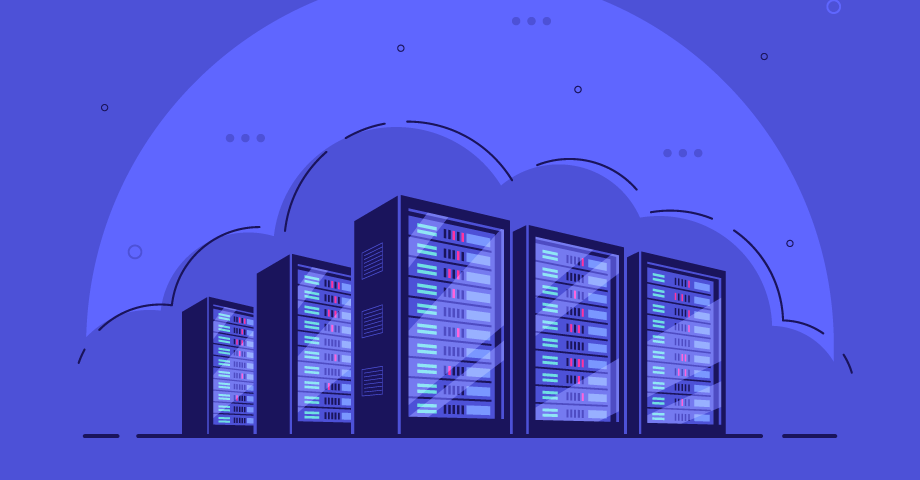Northspyre Blog
Expert insights & resources
Stay informed with the latest tech trends, industry insights, and best practices for real estate development.

Market Trends, Real Estate Technology
Fed Votes to Cut Interest Rates Again— Will There Be a Third?
In October, The Federal Reserve voted to lower interest rates for a second…

Market Trends, Real Estate Development
What Developers Need to Know About the AI Boom & Data Center Development
Everything you need to know about the AI boom & data center development.

Real Estate Development, Technology
Northspyre Unveils Advanced Analytics and Capital Management Features
Explore Northspyre's Portfolio Analytics Plus and Complex Capital Management enhancements.

Commercial Real Estate Technology, Real Estate Development
Using Real Estate Workflow Automation Software to Automate Leasing, Budgeting & Draw Reporting
See how real estate workflow automation software removes friction from budgeting, forecasting, and…

Market Trends, Real Estate Development
A Silver Lining Amid Construction Slowdown: Lower Land Costs
Discover the impact the current development environment is having on land costs.

Real Estate Development
Northspyre vs. Rabbet: Real Estate Development Software Compared
Compare Northspyre vs. Rabbet to find the best real estate development software for…

Market Trends, Real Estate Development
What LIHTC Legislative Changes Mean for Affordable Housing Developers
Everything you need to know about LIHTC updates.

Real Estate Development
Northspyre vs. Yardi Elevate: Real Estate Development Software Compared
Compare Northspyre and Yardi side by side.

Project Management, Real Estate Development
How to Streamline Your Draw Request Process by 75%
Speed up draw requests with automation built for real estate development teams.
See Northspyre in action
See how leading developers use Northspyre to work smarter at every stage of the development lifecycle.